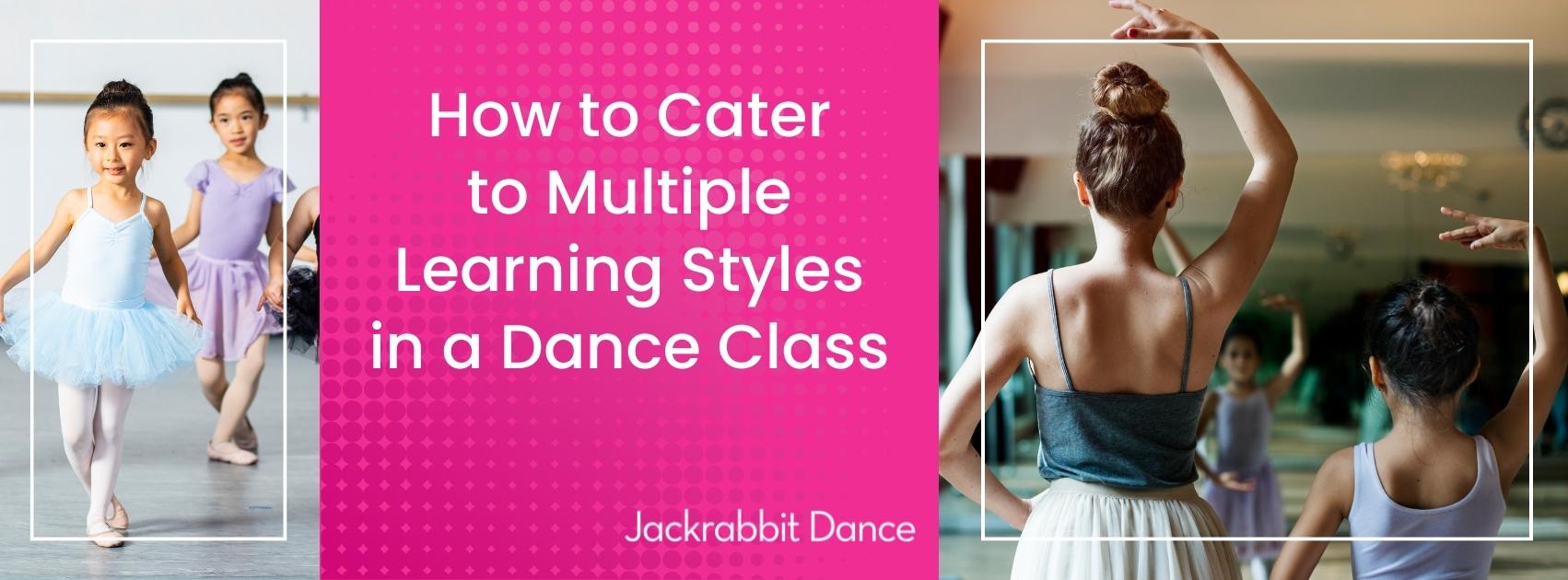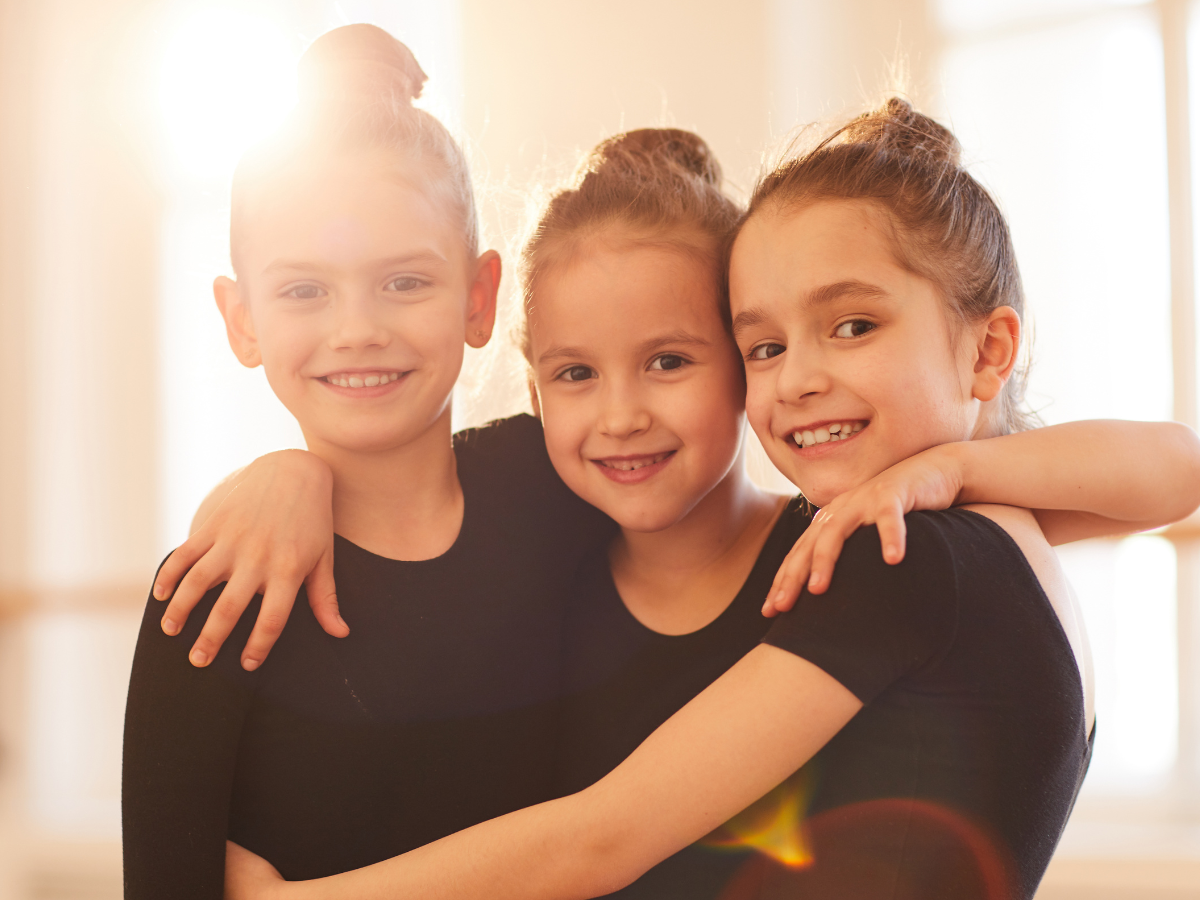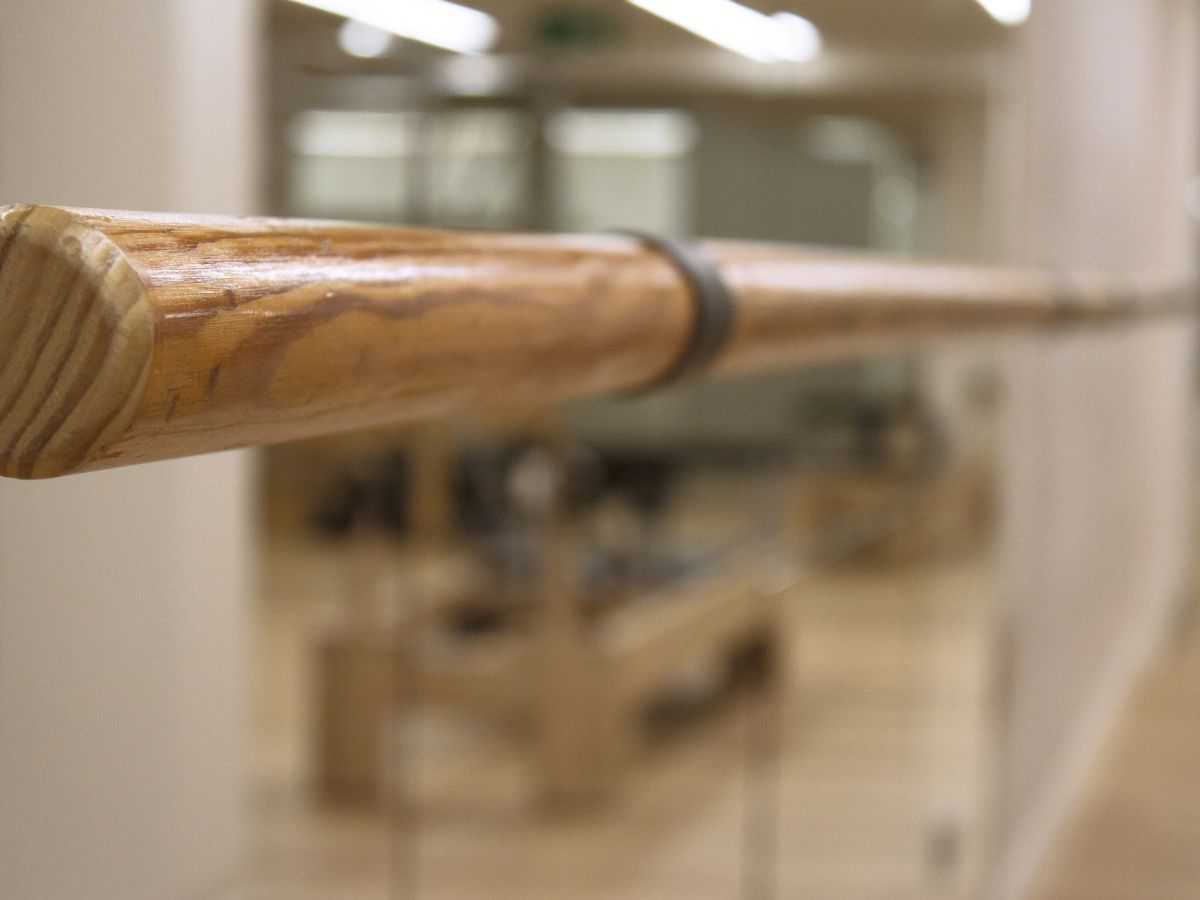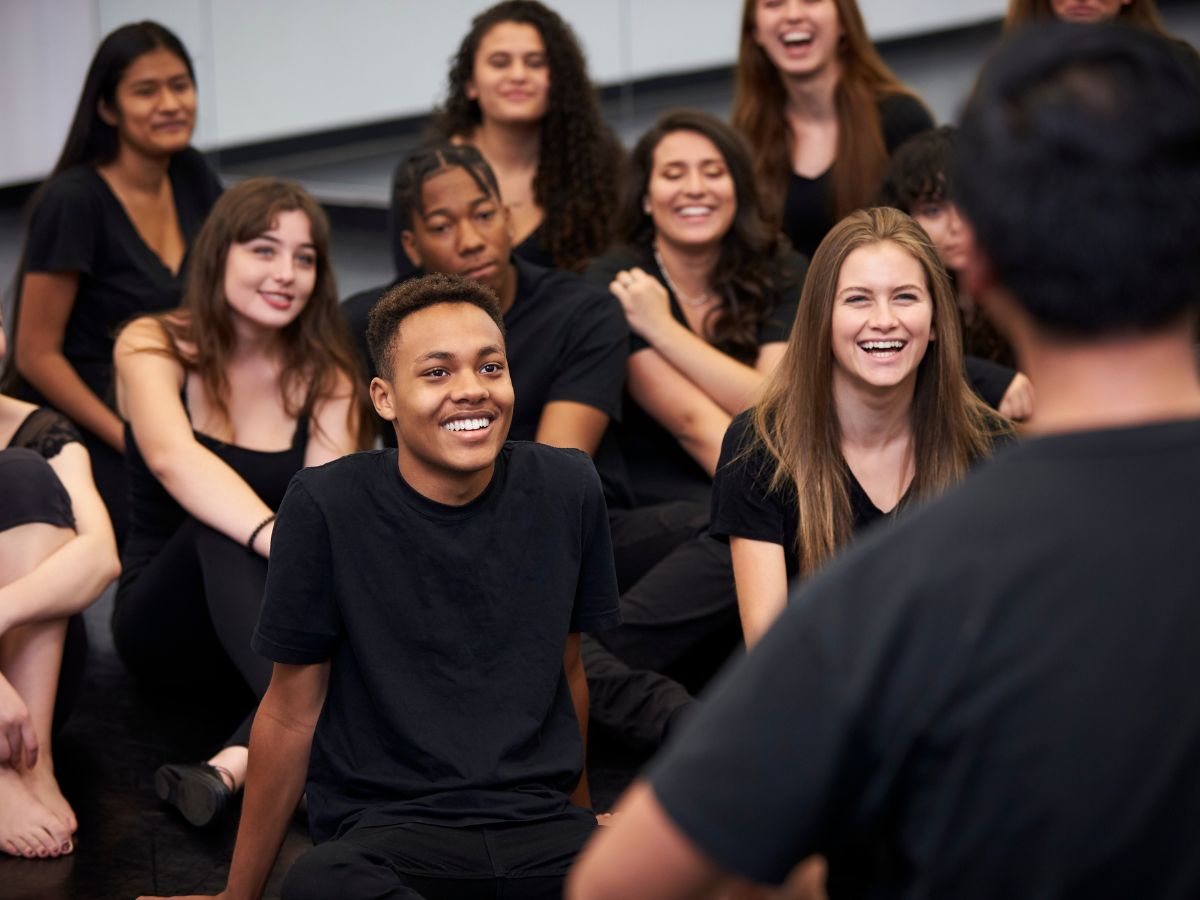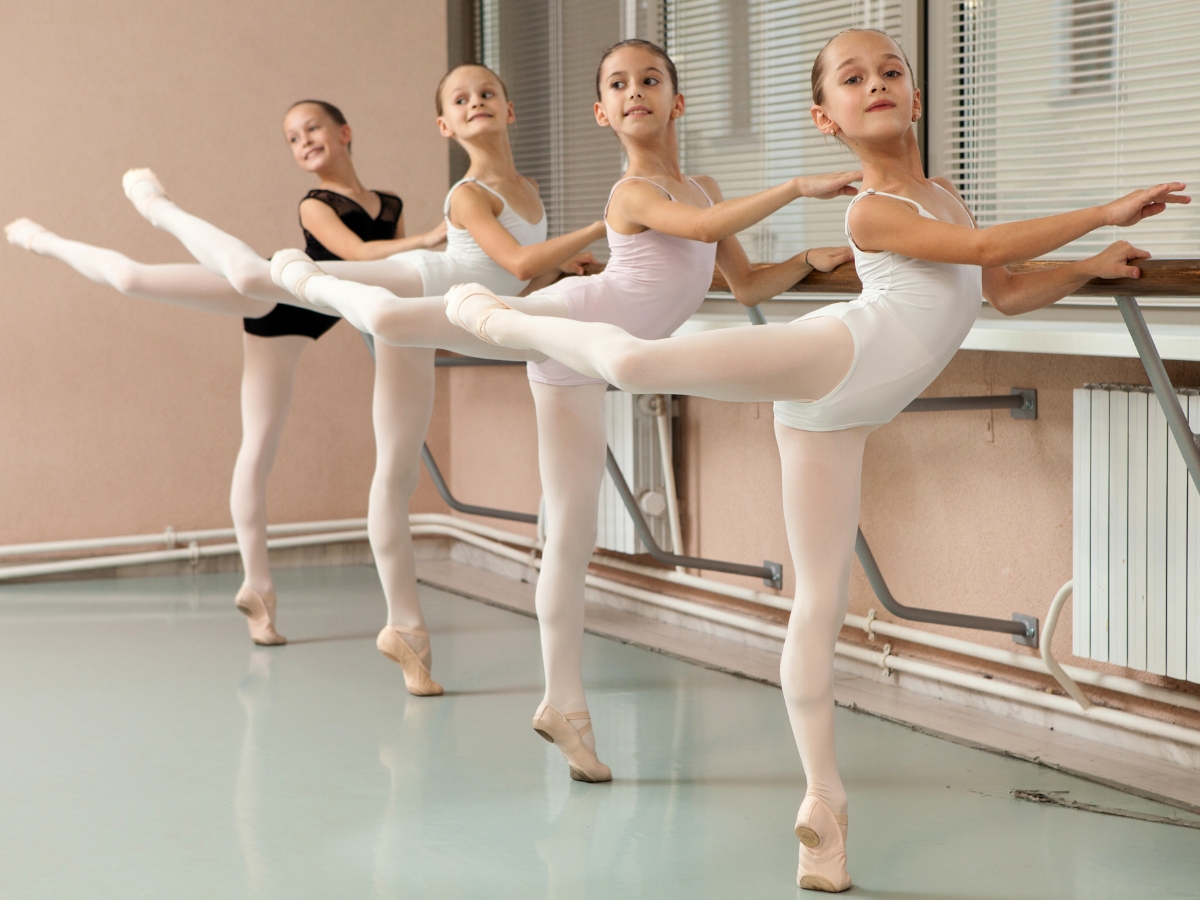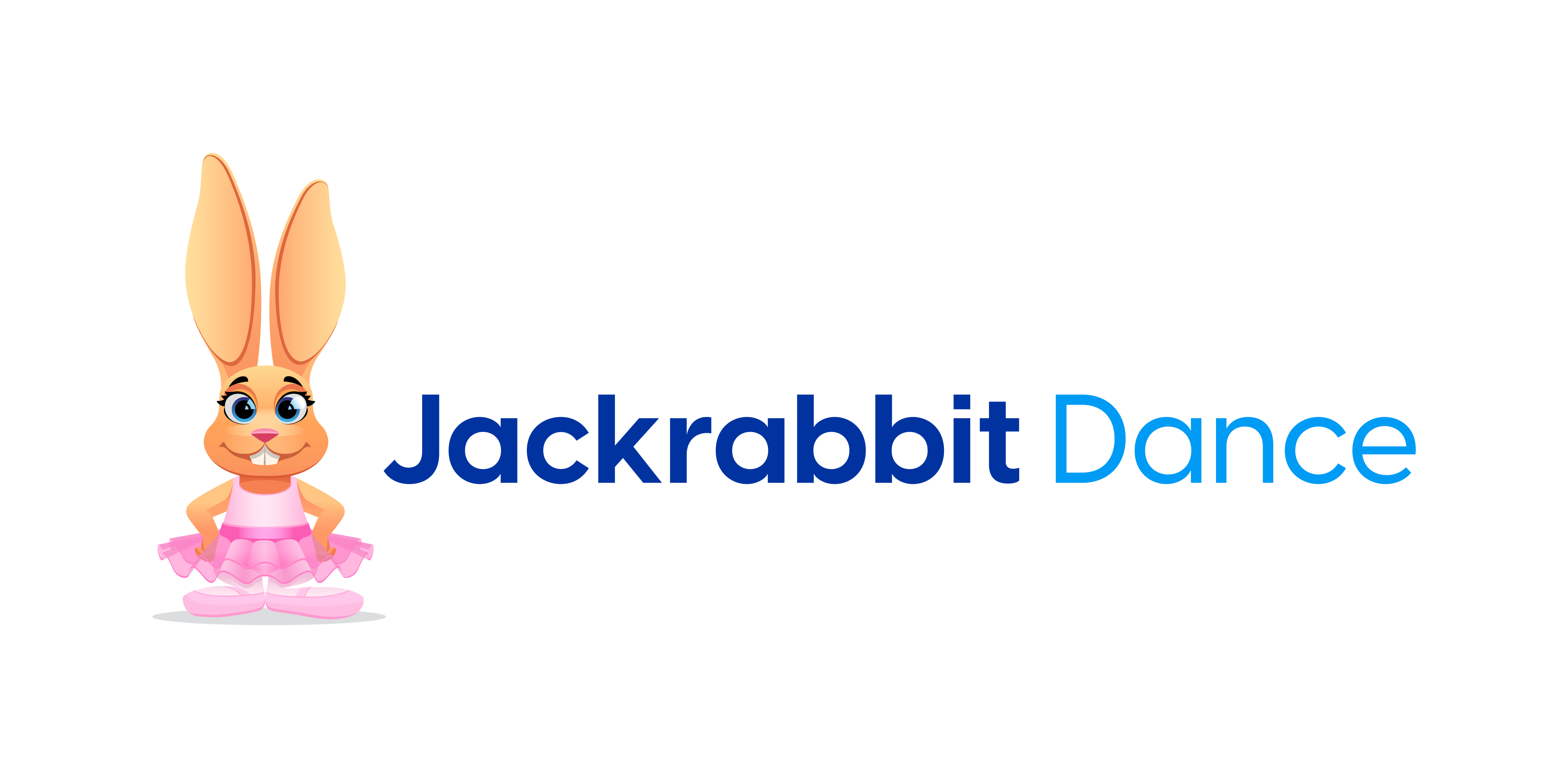“Every child has a different learning style and pace. Each child is unique, not only capable of learning but also capable of succeeding.” Robert John Meehan
One of the first things that child psychologists will tell you is that every child has a different learning style, and applying a one-size-fits-all approach is a challenge for everyone. Children learn and process new information in different ways at different paces and Howard Gardner was the first psychologist to fervently advocate for different learning styles.
Teachers and educators tend to concentrate on how children learn in a school setting and focus on how to differentiate instruction methods to help them excel in reading, writing, and math. Unfortunately, we often forget that learning takes place outside of academics as well.
Activities like dance may be fun afternoon programs for children, but they do require extensive learning that becomes more pronounced when children are asked to learn and memorize combinations and routines. Therefore, understanding that there are different learning styles is important when owning a dance studio.
7 Types of Learning Styles
If you want your dance school to be a success, you must accommodate different learning styles to make each and every one of your students feel comfortable learning to do what they love – expressing themselves through dance.
You might ask yourself ‘how do I cater to different learning styles in dance?’ According to learning style expert, Howard Gardner, there are seven types of learning styles – let’s take a look at each one below!
1. Verbal
Verbal learners need words to process new information presented to them, whether they are spoken or written, making this approach the most common academic method for teaching children.
Simply put, children learn how to do something when you use clear verbal instructions. For example, say the order of a dance combination out loud as you are teaching the class, and dancers who are verbal learners will be able to follow right along.
2. Visual
Visual learners have to see something to be able to understand and learn. Unless they see words taking on a visual form, a verbal approach is not helpful to them. These students learn best with things like pictures, videos, and diagrams.
Visual learners typically excel in dance classes because they watch the dance instructor demonstrate a combination and can replicate it with ease.
3. Kinesthetic
Kinesthetic learners need to process new information with their bodies by getting up and moving in order to learn. Listening to instructions or watching others do a dance combination won’t help, they need to try it themselves.
If you have kinesthetic learners in your dance class, they will be trying to practice the choreography simultaneously as you teach.
4. Aural
Aural learning involves our hearing sense, but it is much different than verbal learning. Dancers with the aural learning type need to use sound and music to understand the choreography and process the new information presented to them.
While aural dance students will have a hard time understanding the choreography, these students magically move their bodies with the rhythm and flow in the studio once the music is on.
5. Logical
Perhaps one of the most distinct learning styles in dance is the logical one. While logical learning typically occurs in scientific or mathematical settings, there are dancers whose brains seek logical reasoning.
They need to know why a tap combination follows the x sequence instead of y. They’ll seek to find patterns that will help them systematically memorize the steps.
If you have these dancers in class, share the dance curriculum with learning objectives and goals that must be met so they understand why they should learn how to do a pirouette before fouettes. Once everything makes sense to them, they will excel in everything you teach them.
6. Social
Social learners thrive when learning in groups. They love big class sizes, and they thrive when they can share their learning process with others.
It is easy to identify social learners – just see who is the most chatty, energetic, enthusiastic, and willing to help others master their choreography. Teaching these students and keeping them focused can be challenging, but you can use their need for social interaction and boost their learning at the same time. Just ask them to assist you and they’ll pick up the moves instantly!
7. Solitary
One of the most common dance learning styles is solitary. It hardly needs any explanation, and it’s easy to pick these dancers out in your studio. They learn best on their own, are independent and private, and like to practice when the studio is less crowded or even empty.
Even during private one-on-one lessons, these students will only seek clarification for moves they don’t understand and might get frustrated when you review dance steps they already know how to do. Keeping solitary learners part of the group may be challenging, but since they like to excel in what they do, they can be excellent role models for the class.
How To Cater To Different Types of Learning Styles
To accommodate different learning styles, you need to adopt several teaching methods during your dance classes.
- Help the visual learner by having posters in the studio. Demonstrate the combination and show videos at the beginning and end of the class.
- Give out clear verbal and written instructions for your verbal learners.
- Assist the kinesthetic learner by allowing them to practice over and over again and show understanding when they seem to be impatient when you are giving out instructions.
- Encourage your aural learners by playing different types of music and allowing them to fine-tune what they are learning to the rhythm and beat of the music.
- Allow your social learners to be your class helper and encourage them to learn the choreography so they can help others.
- Use your solitary learners as role models for their perseverance and give them the space they need to practice on their own until they perfect the choreography.
Each Child Is Unique
Remember that each child in your dance studio is unique, and everyone is capable of learning and excelling. If a child cannot learn the way you teach, it’s a great opportunity to examine what learning styles you understand and how you can include others.
Making sure that you adjust your teaching methods to cater to multiple learning styles in a dance class is the best approach to being a true educator who embraces the individuality of each of their young dancers.
Interested in learning more tips for your dance studio? Subscribe to our monthly newsletter below!
